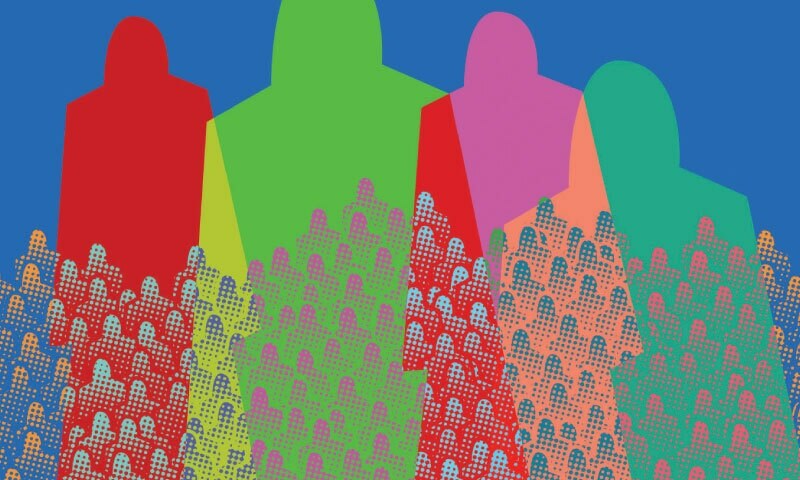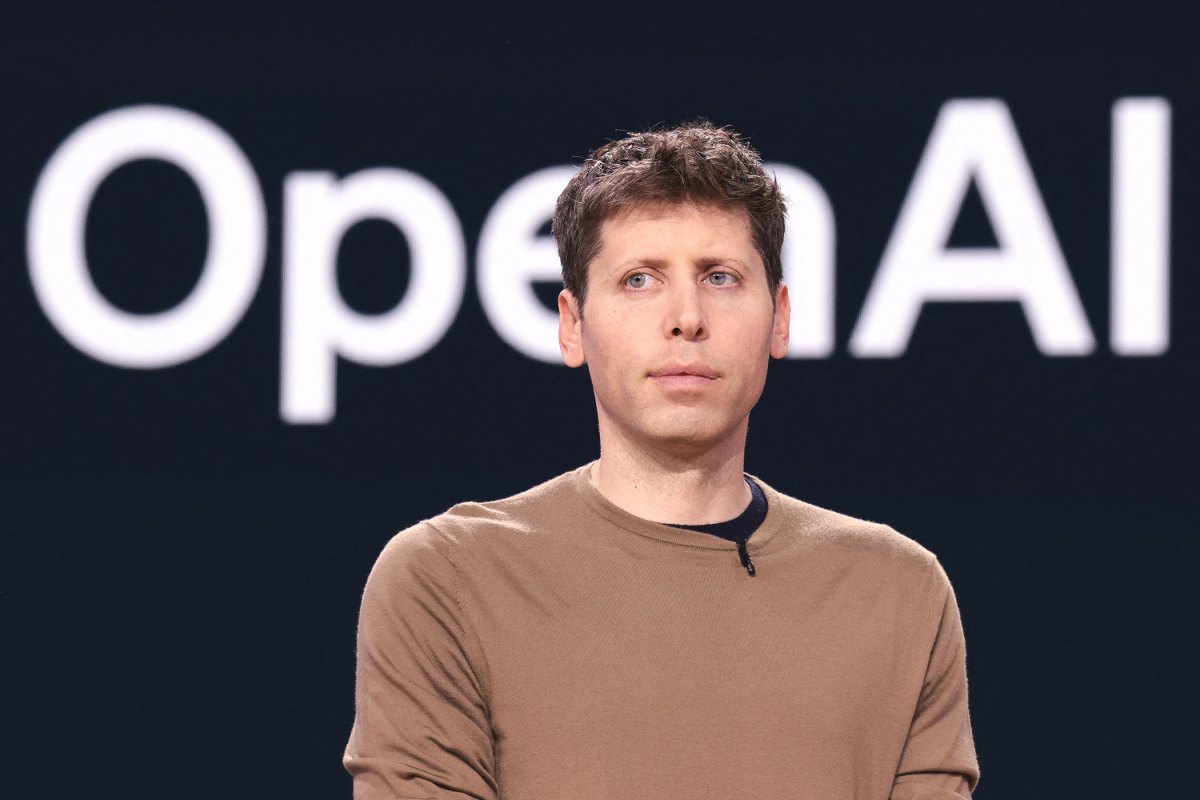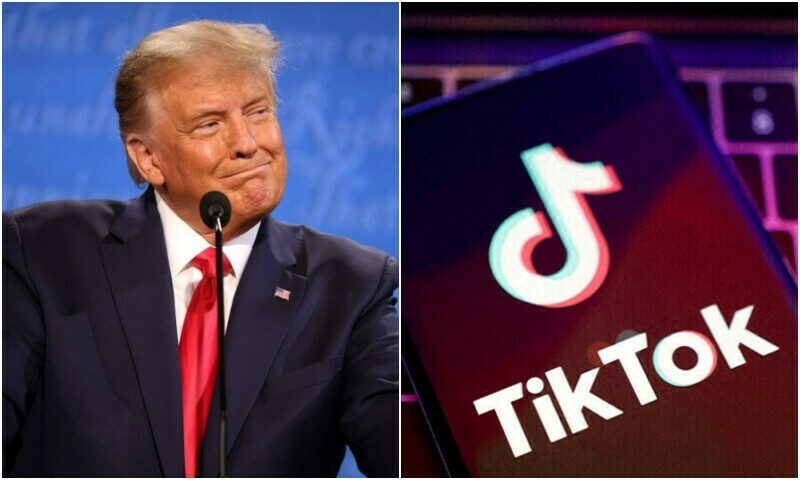Populism is often described as a political style rather than a political ideology. It is performative, theatrical and rhetorical. Those who adopt this political style, unabashedly borrow ideas from multiple ideologies to form a rhetorical cocktail in a bid to sound ‘anti-elitist’, ‘revolutionary’ and ‘anti-status-quo.’
However, populists do have a core strategy: they consciously portray themselves as being unpredictable and eccentric. This disorients their opponents, who try to tackle them from within established political paradigms and conventions. But populists like to believe they are operating from outside these paradigms and conventions.
Yet, the history of political populism is full of men who were neither revolutionary nor anti-status quo nor honest. They sought what all politicians seek: political power. They also welcomed the perks and benefits which come with this power. Populism’s history is an animated tale of self-claimed ‘incorruptibles’ quickly falling prey to financial and moral corruption.
Populism is not an outsider form of politics as such. It emerges from within democracy, no matter how firm or flawed that democracy is. The populism that, in the last 10 years or so, has been mushrooming in various regions of the world poses (and is often understood) as a reaction against the ‘decadent’, ‘corrupt’ and detached politics of the ‘elite’.
Populism thrives as a political style rather than a concrete ideology, merging theatrics and emotional appeal to captivate the masses. But it has also concocted a political narrative derived from middle-income drawing-room chatter around consumerist desires rather than needs
Political populism has been around for over a century, but present-day populism is a mutation of the way contemporary politics was quietly turned on its head in the 1990s. As global standards of living improved, and the consumption power of middle-income segments increased, political parties began to tune into the underlying desires of these segments.
The parties did this because the desire (of improving the material and ‘spiritual’ health of the ‘self’) became aspirations of the classes below-the-middle as well. These classes stopped being viewed as victims of a lopsided system, or people that governments needed to help and protect. They began to be understood as people who were aspiring to become what the middle-income groups began to believe they had become: ‘autonomous individuals.’
Political parties started exploring what the middle-income folk were talking about in their drawing rooms. This is what they heard: ‘We the middle-classes are hardworking and honest but are being ignored by the political elites because the elites are only interested in attracting votes of the (lazy) poor.’
Interestingly, though, whereas the financially challenged classes were still demanding economic protection and state hand-outs in the shape of jobs and money, in the 1990s, surveys conducted by the Democratic Party in the US and the Labour Party in the UK, showed that many among these classes had begun to aspire to acquire the kind of consumption power that the middle-income groups were enjoying.
The result of this was political rhetoric and policies conjured from what politicians heard in the drawing rooms of middle-income groups. In 2002, the Labour Party lobbyist and psychologist Darek Draper criticised the then Labour government for having contradictory and inconsistent policies. According to Draper, this was mainly due to the way the Tony Blair government was only listening to the “incoherent, contradictory nonsense” coming from middle-income drawing rooms.
Middle-income groups had gained economic prominence and clout (mainly as consumers in an increasingly consumerist society). Therefore, their engagement with politics started to look very much like their interaction with consumer brands.
The contents, and especially the ‘emotional appeal’ of consumer brands, are shaped from the underlying desires (and not exactly the needs) of consumers, which marketeers extract with the aid of surveys. Politicians began to do the same: extract and then appeal to the desires of voters, more than resolve issues linked to their actual needs.
Stuart Ewen, the American historian, once told the British documentary filmmaker Adam Curtis that this brand of politics meant that people’s desires — instead of policies to address actual needs — were put in charge of running things. The outcome of this was political rhetoric that was highly emotional and utopian. On the other hand, it was also overtly dystopian, because it viewed conventional politics as corrupt, unsavoury, elitist and aesthetically unappealing. Unsexy.
This is what politicians were hearing in drawing rooms. It then began being echoed on the electronic and social media. It wasn’t exactly shaped by rational discourses on what the people needed, but on what they desired as autonomous individuals.
But they weren’t really that. They were consumers who now wanted politicians to listen to them as consumer brands do. Listen to their desires and aspirations. The politics of addressing needs was replaced by politics of appealing to wishes, fantasies, whims and yearnings. Politicians still doing conventional politics, or trying to gain acceptance by addressing needs, began being seen as old-fashioned, worn-out, elitist and out-of-step. A new set of politicians jumped in. The neo-populists.
Media savvy and charismatic, these neo-populists managed to utilise the new emerging form of politics in a much more effective manner, because they were direct participants of the politics being discussed in drawing rooms. They didn’t need to eavesdrop. Their political ‘ideas’ were entirely shaped by drawing room chatter, because they were active participants of this chatter.
As leaders, they became brands appealing to the desires, fantasies and fears of their followers, who consumed their image and rhetoric as a consumer would a consumer brand. Desires and fantasies in this regard meant some rather outlandish promises, whose outcomes were to be imagined and ‘felt’, and not seen as such. On the other hand, fears were exaggerated or even created to fuel moral panics, and concepts of popularity, satisfaction and morality were all put in the context of how middle-income groups view or understand them.
Contemporary populism is largely the outcome of a form of politics designed by conventional political parties from the 1990s onwards. A politics formulated by eavesdropping on what was being said in middle-income drawing rooms, or by studying the material and ‘spiritual’ aspirations of a select but growing segment of society, and then using these to formulate campaigns and rhetoric like a marketeer would for a consumer brand.
No wonder then, incidents of hiring professional advertising and PR agencies and lobbying firms by political parties has now become a norm. The first to do so was the UK’s Conservative Party in 1979. Today, many advertising and PR experts have populist parties as clients.
This is a more seamless fit, because populists focus on things that the ‘guardians’ of inanimate consumer brands focus on: emotions, desires, aspirations and loyalty from groups, whose members believe they’re autonomous individuals but who are easily swayed by ‘groupthink’ and ‘echo chambers.’
Published in Dawn, EOS, January 19th, 2025





Leave a Reply